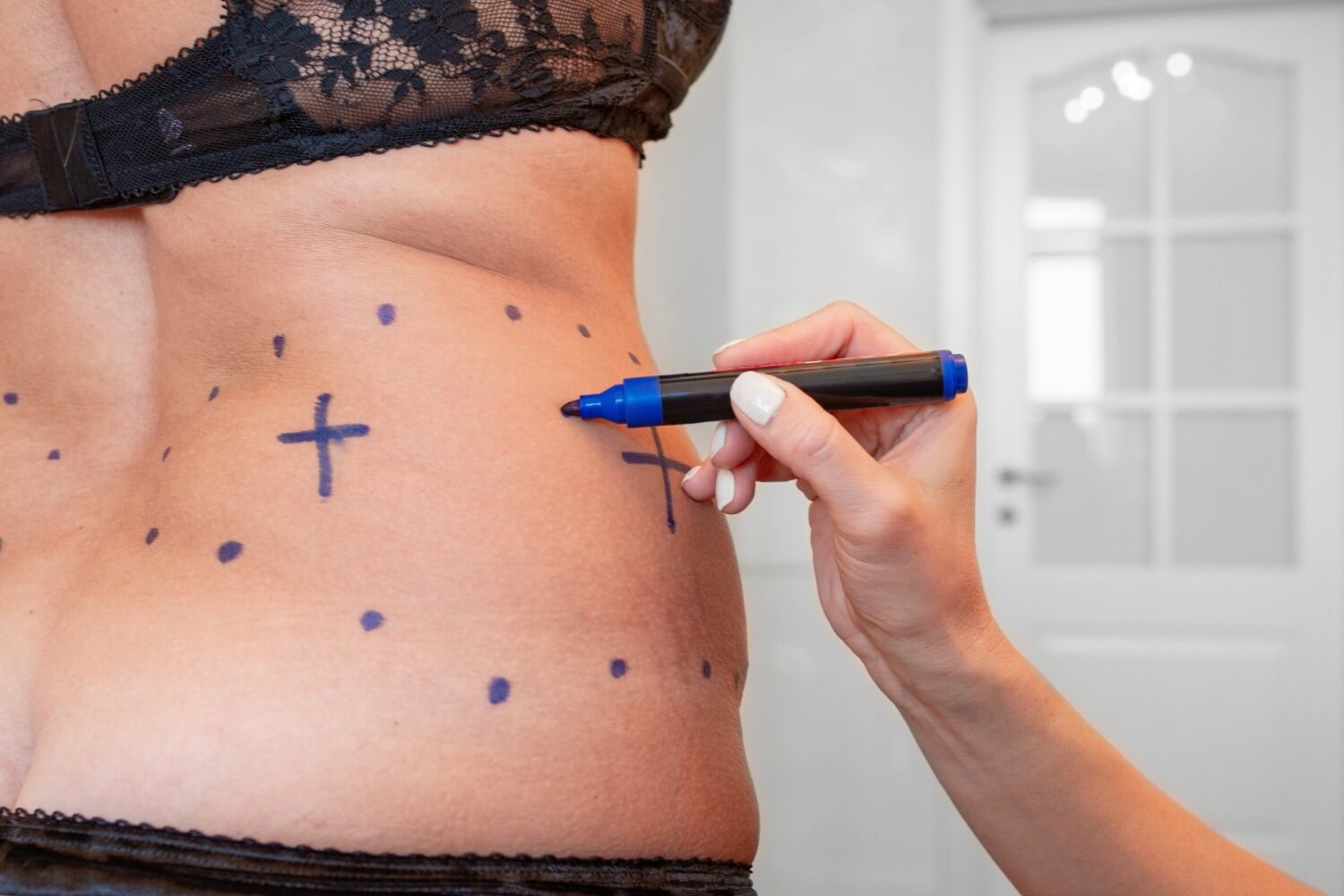Liposuction Recovery Timeline: How to Heal Safely and Quickly
.jpeg)
Liposuction is one of the most effective ways to permanently remove stubborn fat and achieve a more sculpted shape, but the recovery process is just as important as the procedure itself. Knowing what to expect and how to care for your body during each stage of healing can make a major difference in how quickly you feel comfortable, how well you protect your results, and how soon swelling subsides. At Ferguson Plastic Surgery & Aesthetics in San Antonio, TX, we guide every patient through a structured recovery plan so healing feels predictable, manageable, and stress-free.

How Long Does Liposuction Recovery Take?
Most patients are able to return to light activity within the first week, resume office work shortly after that, and gradually reintroduce exercise between four and six weeks. While early improvements are visible within the first month, swelling continues to decrease over time, and final results are typically revealed between three to six months after surgery. Your personal recovery timeline will depend on how many areas were treated, how much fat was removed, whether liposuction was combined with another procedure, and how closely you follow your post-op instructions.
Days 1–3: The First Phase of Healing
The first few days after liposuction are focused on rest, hydration, and protecting the surgical areas. Swelling, bruising, and soreness are expected during this time, and patients will wear a compression garment continuously to help reduce fluid build-up and support healing. Light walking is encouraged to promote circulation, but physical activity should remain very limited. Most patients describe the discomfort during this stage as similar to deep muscle soreness, and prescription pain medication may be used if needed. Driving, lifting, and any strenuous movement should be avoided until cleared by Dr. Ferguson.
Week 1: Settling Into a Routine
By the end of the first week, most patients begin to feel noticeably better and often feel ready to return to non-physical work or school. Bruising will start to fade, although swelling is still present and can make the treated areas look fuller or uneven temporarily. The compression garment remains an important part of recovery and should be worn exactly as directed. While you may feel more mobile, it’s still too early for the gym, bending, heavy lifting, or long periods of standing. The goal during this phase is to return to normal daily activities without pushing the body too far, too fast.
Weeks 2–3: Visible Progress
Around the second and third week, soreness continues to diminish, and many patients notice that their body feels more flexible and natural to move in. Swelling is still present, but the treated areas begin to look more defined and less puffy. Most patients feel comfortable walking longer distances and performing light household tasks, though anything that raises heart rate or puts stress on the surgical areas should still be avoided. Some patients transition to a second-stage compression garment around this time, which feels lighter and more discreet under clothing.
Weeks 4–6: Returning to Exercise
Most patients are cleared to resume low-impact workouts between the fourth and sixth week of recovery. By this point, swelling has decreased enough that results are becoming more visible, and normal movement feels much easier. Dr. Ferguson may allow gradual reintroduction of activities like cycling, yoga, or light strength training, but high-intensity workouts and core engagement may still need extra time, especially if liposuction was combined with a tummy tuck or other surgeries. Even as activity levels increase, wearing your garment as directed continues to protect your shape and encourage fluid drainage.
Months 3–6: Final Results Take Shape
By the three-month mark, most of the swelling has resolved, and your body will begin to reveal a more accurate version of your final contour. The skin continues tightening, the treated areas smooth out, and your results appear more refined and balanced. This is when many patients feel fully confident in fitted clothing and swimsuits and begin enjoying the long-term benefits of their liposuction. Final results are typically seen between three to six months, depending on your body’s natural healing rate, how well you follow instructions, and whether multiple areas were treated.
How to Heal Faster and Protect Your Results
The fastest recoveries come from patients who listen to their bodies, follow instructions consistently, and avoid “pushing through” discomfort. Staying hydrated, maintaining a stable weight, wearing compression garments as directed, avoiding smoking or nicotine, and gradually returning to exercise all have a direct impact on how smoothly you heal. Dr. Ferguson will provide a tailored recovery guide based on your body, surgical plan, and lifestyle so your healing process feels structured and supported, not overwhelming.
.jpeg)
Ready to Learn More?
If you're considering liposuction and want to understand what recovery will look like for your body and goals, the best next step is a consultation. Dr. Ferguson will explain the procedure, your expected downtime, and exactly what you can do to recover quickly while protecting your results.
Schedule your consultation with Ferguson Plastic Surgery & Aesthetics in San Antonio, TX today and take the first step toward a more sculpted, confident you.

.png)
-2.png)
.png)